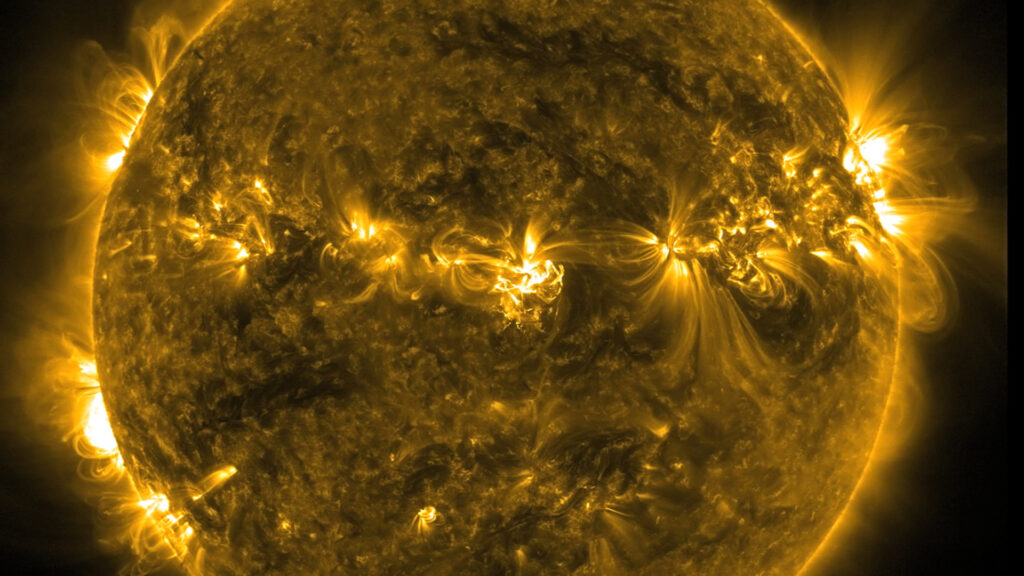Over the past seven days, the Sun delivered a geomagnetic “spike”: a moderate storm (G2) on August 9, resulting from the arrival of a coronal mass ejection (CME) launched on the 5th combined with a high-speed stream from a coronal hole. There was at least one noteworthy flare (M1.7) on August 10. Auroras extended into high latitudes during the afternoon and night of the 9th.
Extended Technical Summary
X-ray activity (GOES) recorded an M1.7 flare at 03:12 UTC on Aug 10 (1–8 Å band), reported by SWPC in its event listings. In SOHO/LASCO coronagraphs, the August 5 CME was observed which, according to SWPC, contributed to the geomagnetic episode of Aug 8–9; operational modeling (WSA-ENLIL) pointed to an impact around those dates.
In the interplanetary environment (L1), SWPC solar wind plots show the combined increase in speed and field strength that preceded the geomagnetic deterioration on the 9th (with a southward Bz component for several hours). The planetary Kp index reached G2 level (Kp≈6) at 15:48 UTC on Aug 9, and the week’s minimum Dst was −71 nT around 11 UTC on Aug 9, consistent with a moderate storm phase.
Sunspot activity remained high: the estimated international sunspot number (EISN, SILSO) rose from ~120 (Aug 5) to ~195 (Aug 8). The F10.7 cm radio flux (DRAO/Penticton) stayed elevated for the current cycle. SDO (AIA/HMI) showed several complex active regions during the week, responsible for the flare activity and the cited CME.

Leave a Reply